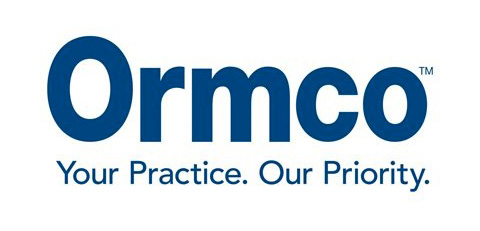Where beautiful smiles begin.
Dental appliances
Orthodontics is a specialty in dentistry and deals with tooth management, regulation of bite problems and relationship of jaw to one another and dentofacial system.
ANOMALIES IN ORTHODONTICS
Anomalies are considered all deviations from the norm.
They may be skeletal or dental such as:
– Open bites
– Deep bites
– The second skeletal and dental classes
– Skeletal and dental classes
– Crushed bites
– Dental collections
FIXED APPLIANCES
They are used for the direction of the teeth in children and adolescents with permanent dentition and in adults of any age. They can be metallic and aesthetic ceramic (white or transparent).
The change is only in appearance and not in function or length of treatment.
FIXED METAL APPLIANCES
These handsets consist of metal brackets and Ni-Ti bows and steel. They can be solved by all patients who have no problem with the appearance of a metal appliance.
FIXED AESTHETIC APPLIANCES
These handsets consist of transparent ceramic jars and invisible bows, in the first months and then in metal bows. They are very effective in treating orthodontics problems in adolescents and adult patients who want their appliance to be almost invisible.
SELF-LIGATING APPLIANCES (DAMON):
This is a new, revolutionary orthodontic technique which:
– Provides more comfort to the patient
– Easy to clean the teeth that hold the brakes
– Shortening the treatment time
– Reduction of the number of visits during the treatment
– Use of this technique reduces the need for tooth removal in orthodontic treatments
– It is considered a loose-flicking system that ensures tooth movement by exercising lighter, biologically more acceptable dental systems, reducing the duration of treatment for a few months.
These handsets can be metallic or aesthetic.
AGE LIMIT
Some abnormalities, especially skeletal ones (such as crossed bites, third skeletal classes, open bites, etc.) should be treated since childhood because they are not only self-regulating, but over time they worsen.
Some other anomalies (mainly those of the teeth) can be treated even in adulthood.
As soon as an anomaly is diagnosed and as soon as the appropriate time of treatment is resolved, the more secure the result is.
FIRST CONSULTANTION
Parents should be careful when first ever toothpaste (about 6 years old) comes to consult an orthodontist.
Some anomalies can be identified earlier.
DURATION OF TREATMENT
Orthodontic treatment with fixed appliances lasts from 8 to 24 months, depending on the problem and the appliance used.
PAIN
Orthodontic treatments do not cause pain but there is a short period (up to a week) of patient accommodation with the camera and the light pressure it exercises on the teeth. In rare cases an analgesic (pain reliever) can be obtained, such as paracetamol, Oki, etc.
EATING
Once placed on the camera (fixed), patients should be careful about eating, but can consume any food they want. Special attention should be paid to strong foods that can break the brakes, so they should first be cut in small pieces.
HYGIENE
It should be maximum, brushing three times a day, especially after main meals and mouth rinsing in intermediate meals. Brushing should be regular over and under braking on any tooth surface so that no residual food remains in areas around the brakes that can then cause dental caries. It is advisable to use various brushes in the morning and at dinner.
It is advisable to use orthodontic brushes, which facilitate brushing.
Removable dental appliances
They are mainly used in children with mixed dentition (when the baby has deciduous teeth). They mainly serve to regulate jaw ratio with each other, the benefit of small spaces, easy arcade enlargement, storage of spaces in cases of premature dental loss.
Our Partners





